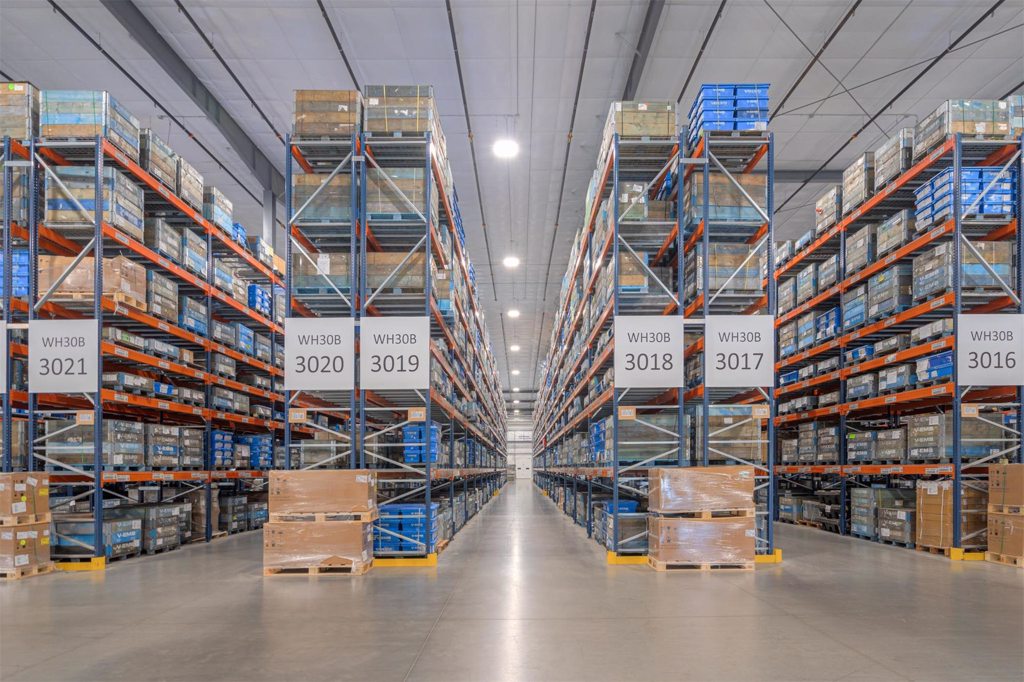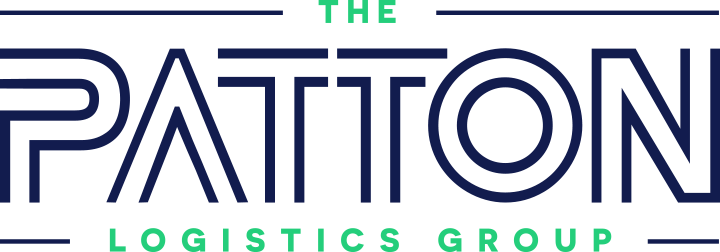New Supply Chain Trends in 2023
Posted on January 03, 2023 in 2023

Supply chain disruptions continue to cause issues across industries. As companies attempt to optimize execution, diminish risk, and improve dexterity to gain a competitive advantage, they must be willing to adapt to the latest digital transformations.
To stay current with the latest capabilities, creating data-driven networks is essential while prioritizing risk management and streamlining logistics. Getting ahead of the latest trends proactively enables supply chains to shape both successful and sustainable futures.
At Patton Logistics Group, we’re hyperaware of the changes the supply chain industry faces. To better understand the most recent changes, let’s look at what’s coming in 2023 and beyond.
Robotics
Labor shortages and supply disruptions are bringing about many challenges, especially as demand continues to surge. As a result, supply chains are seeing dramatic transformations with intelligent robotics.
Mobile and stationary robots are working alongside workers with warehousing, transportation, and last-mile delivery. While the initial capital investment is often significant, the cost savings over time are primed to be substantial.
Essential Goods Supply Chains
Essential goods producers must move products, and supply chain managers can offer support. For example, management teams might look into getting surpluses to humanitarian organizations or helping retailers or organizations connect with capable suppliers.
Many of the essential goods require temperature-controlled environments. Depending on infrastructure and current processes, this could present new challenges for picking, packaging, and transporting shipments. Fortunately, there are also developments happening in cold-chain packaging.
Smart Logistics and the Internet of Things
Insite and agility are critical competitive advantages in the supply chain. The Internet of Things (IoT) provides near-real-time transparency and information managers use to keep track of product location, speed of movement, estimated arrival, and local weather conditions.
IoT is the foundation of smart logistics. With the potential to illuminate delays, disruptions, and potential quality issues, organizations can curtail costs, raise service levels, and, ultimately, optimize their networks.
Logistics Vulnerability
Transportation planning systems need supply chain stakeholders to collaborate in an integrated and flexible way. Doing so allows them to dynamically adapt different transportation modes based on near-real-time information – which can result in improved visibility, flexibility, and integration.
Logistics organizations must create the ideal conditions to experience seamless integration among multiple transportation networks. It’s also important to rethink existing physical connections among warehouses, highways, ports, waterways, and air transportation.
Data collection, advanced analytics, and automation are the future of supply chains. Risk management and resilience also remain essential. As artificial intelligence and machine learning have a more significant impact, smart logistics solutions based on the IoT are something to keep an eye on. Additionally, supply chains dedicated to essential goods must be prioritized to meet demand and reduce disruption.
At The Patton Logistics Group, we offer solutions for distribution, technology, fulfillment, transportation, and more. We’re here to manage the operations behind your operations. When you trust your materials and products to us, you can rest assured that we’ll get the job done regardless of the changes the supply chain goes through. Contact us today to learn more.
